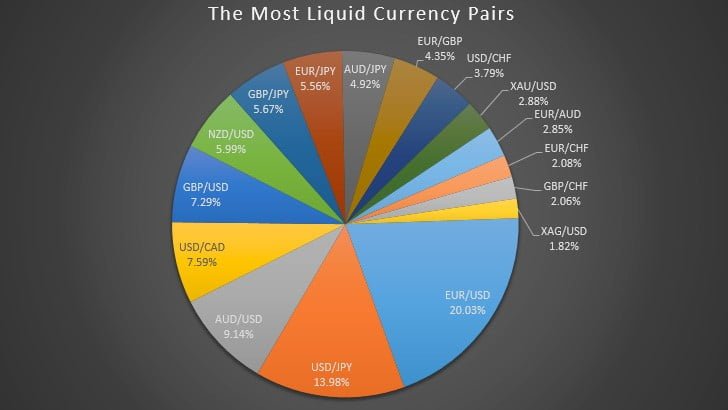Introduction:
In the world of trading, simulation refers to the practice of replicating real-world trading scenarios in a virtual environment. It involves using computer algorithms and historical market data to simulate trading strategies and gain insights into their potential outcomes. This article aims to provide a detailed explanation of what simulation in trading entails and how it benefits traders.
What is Simulation in Trading?
Simulation in trading enables investors and traders to test their strategies using historical market data, analyzing the potential risks and rewards without the need for actual financial transactions. Using sophisticated algorithms and software programs, traders can simulate buying and selling securities, tracking their performance, and evaluating the impact of the chosen strategies.
How Simulation Works:
Simulation in trading revolves around historical market data, which is used to recreate past market movements and conditions. By inputting this data into a simulation platform, traders can observe how their strategies would have performed in different market scenarios. Simulating trading involves considering factors such as price fluctuations, volume trends, market volatility, and trading costs.
Benefits of Simulation in Trading:
- Risk Management: Simulation allows traders to test their strategies and gauge their exposure to market risks without risking real capital. This helps them identify potential pitfalls and refine their approach to mitigate losses.
- Strategy Development: By simulating various trading strategies, investors can gain insights into their potential profitability. This helps them refine their strategies, optimize entry and exit points, and improve overall decision-making.
- Confidence Building: Simulated trading provides traders an opportunity to gain confidence in their approaches. They can test their strategies in different market conditions, understand their strengths and weaknesses, and make necessary adjustments without the fear of detrimental financial consequences.
- Backtesting: Simulation platforms enable traders to perform historical backtests, i.e., assessing the performance of their strategies on past market data. This helps traders evaluate the robustness of their approaches and identify areas for improvement.
- Market Familiarity: Simulated trading also helps novice traders familiarize themselves with various financial instruments and market dynamics. It allows them to learn from their simulations, understand how different markets operate, and make informed trading decisions in real-time.
Conclusion:
Simulation in trading is a valuable tool that allows investors and traders to mimic real-market scenarios without risking any capital. By leveraging historical market data and sophisticated software, traders can test and refine their strategies, develop risk management techniques, and gain confidence in their decision-making. Incorporating simulation techniques into trading practices can significantly improve trading performance and overall profitability.

